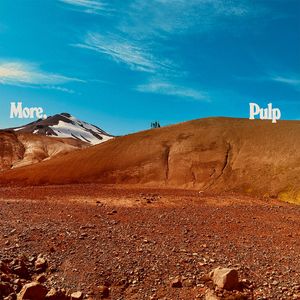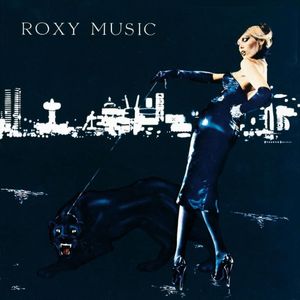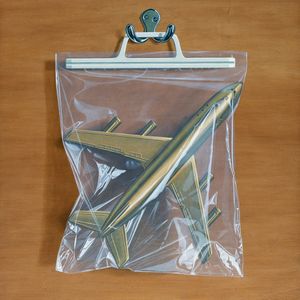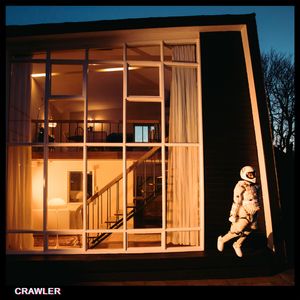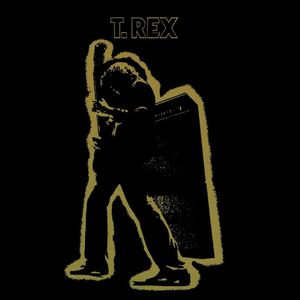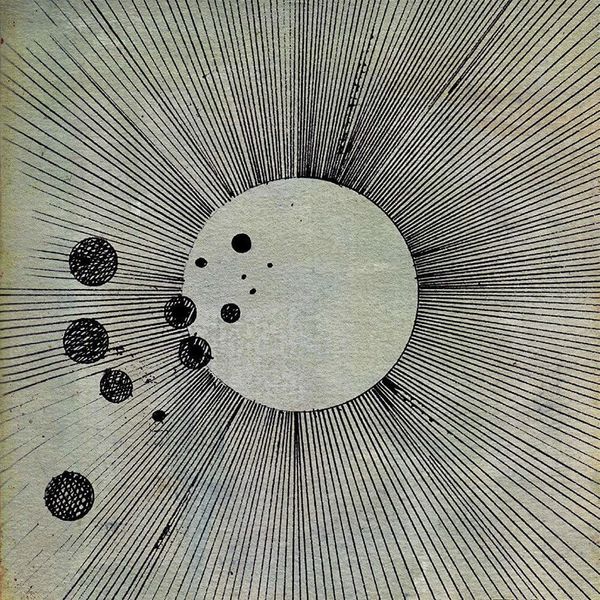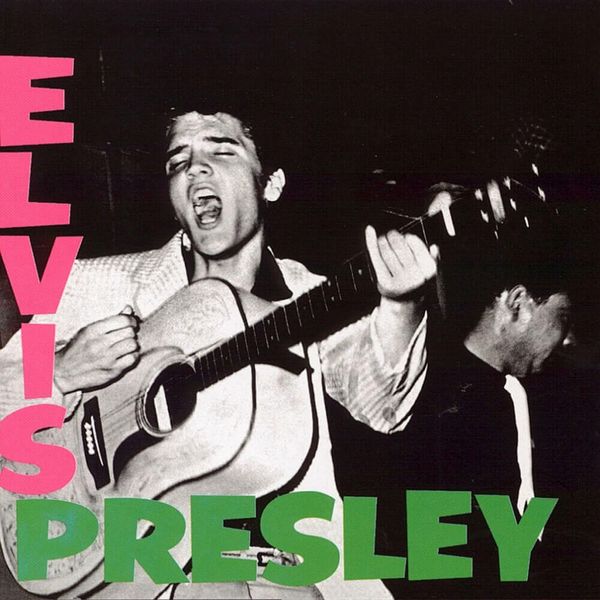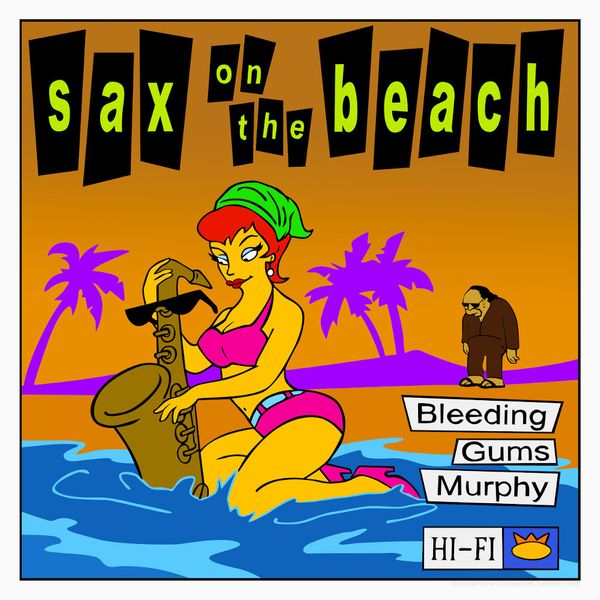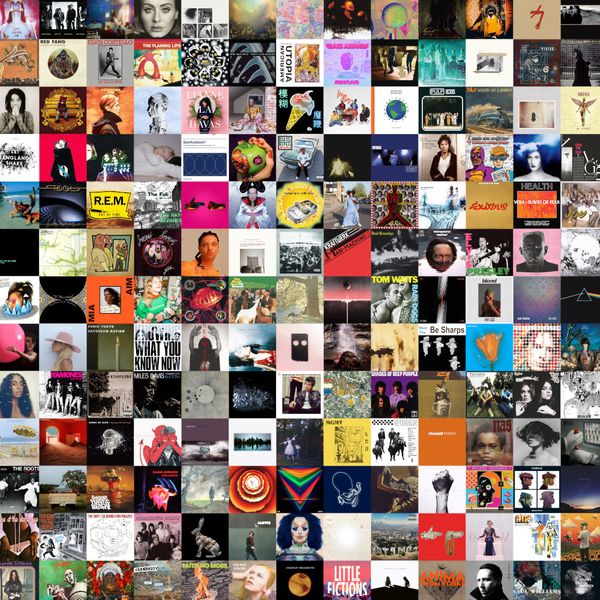Kind of Blue
Miles Davis
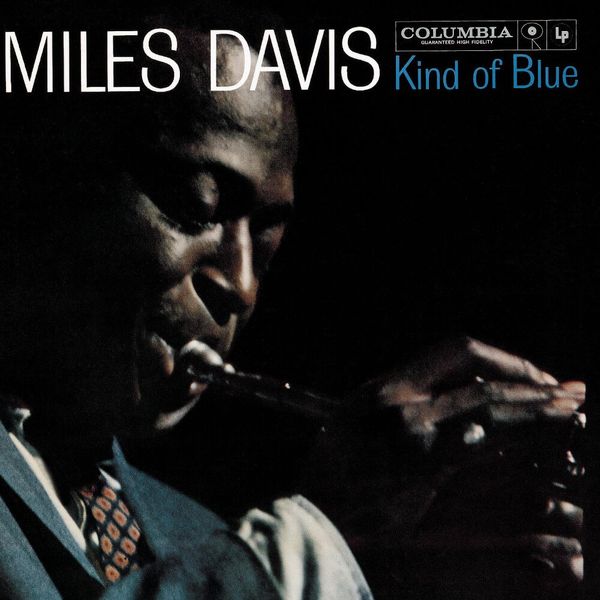

Essential Tracks
- Blue in Green
Favourite Tracks
- Freddie Freeloader
- Flamenco Sketches
André
I enjoy jazz, but never could I possibly claim to be in any position to critique it like I would do other genres, such as rock, electronica, or hip-hop. My knowledge is narrow and my experience is limited. 1970’s Bitches Brew — the ‘other’ classic in Miles Davis’ vast collection — is essentially the only jazz record I am familiar with, and that album is practically a head start for modern listeners who cherish the likes of Flying Lotus and Matthew Herbert, and even psychedelic rock bands. Kind of Blue offers a different strand of jazz: less chaotic, but just as luxurious. Within its opening moments, it’s easy to see why this remains the essential choice.
Kind of Blue transcends time. It was released in 1959 and hasn’t aged a day. That sort of endurance always carries a sense of mystique, an aura that lends records a whole other charm of their own. The performers here are well known, tremendously beloved and recognized as one of the greatest sextets of all time. And still, when listening to Kind of Blue, I rarely think about the recording itself. Each player is a master of their craft, yet not one of them flaunts their talent. It’s seamless communication, a result of the immense understanding between the performers under the rule of improvisation. It plays out like a beautiful alien language.
I think one of the most spectacular things about Kind of Blue is that it can work in many different ways for many different people. It can be appreciated as high art — studied note for note by jazz connoisseurs — whilst also being enjoyed as wonderful background music for those less acquainted with the genre. I can’t imagine why anyone wouldn’t enjoy the music in some capacity. It doesn’t rank as one of my all-time favourite albums, purely because I don’t have the romance for jazz like I do other genres, but I couldn’t possibly fault it. Listening to Kind of Blue is an experience essential to anyone with an interest in music, whether that interest is slight or significant. It really is as good as they say.
Favourite tracks //
- Flamenco Sketches
- Blue in Green
- All Blues
Fred
Kind of Blue is possibly the first album I’ve ever listened to where using headphones really felt like an insult to what I was hearing. Playing it through speakers was a revelation. The music fills whatever space it’s granted, a solemn, expansive jazz ensemble at the peak of their powers.
The record’s middle stretch is what really gets me, in the thick of it all. “Freddie Freeloader” is knowing and vibrant, the piano on “Blue is Green” is enough to make you weep. (I don’t, but it’s enough to.) And then there’s “All Blue”. Good to cover all bases. The flow is irresistible, and the production blows most modern releases out of the water.
Detractors I’ve made up just now may be tempted to call the record passive, but I think it just needs quite a specific context to truly shine. Think of it as sitting in heaven’s lobby. Give Kind of Blue time and space and it will enchant. It’s a mighty force with a deft touch, guiding thoughts and feelings so gently that you barely even realise it’s happening. Blink and you’ll catch yourself walking cobbled backstreets on a starry night, or sharing a dance in some basement bar somewhere. Or something less trite. You get the idea.
Lightness like that doesn’t just happen. It comes from masters at work. Kind of Blue whispers dreams, and I can’t speak highly enough of it.
Favourite tracks //
- Freddie Freeloader
- Blue in Green
- All Blues
Andrew
It almost feels trite to wax lyrical about the cool atmosphere imparted by Kind of Blue. I’m no doubt at the back of an endless queue of people that want to fawn over the relaxed, smooth style across the tracklist as well. But none of that makes it any less true. Kind of Blue fills a space with its atmosphere and while it works incredibly well as background music, listen to it intently and one can find a lot of beauty in the detail.
It’s a sign of a skilled collaboration when each instrument shines in its own right, and a sign of great musicianship when no one steals the limelight. This is by no means the Miles Davis show, with John Coltrane’s sax soaring in “Freddie Freeloader” and Bill Evans’ piano swimming in melancholy in “Blue in Green”. That said, Davis’ sound is stunning too, and while improvisation comes with the territory, the magic in these passages is the deliberate delivery of every note which, next to the flurry of sound that some improvisation can turn into, is simply mesmerising.
The production too is nothing high tech, but nonetheless very effective. Given the era of its release, it was likely one of the first records listeners heard in stereo, something which was surely mind-blowing at the time and even today makes for a far more immersive listening experience. It’s an album that sounds effortless despite the time and skill that was inarguably ploughed into its production and it’ll continue to sit very prominently in my list of superb albums to return to time and time again.
Favourite tracks //
- Freddie Freeloader
- Blue in Green
- Flamenco Sketches
